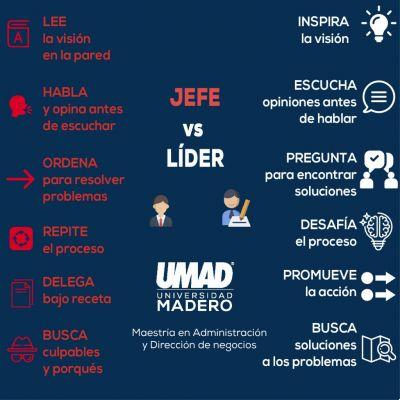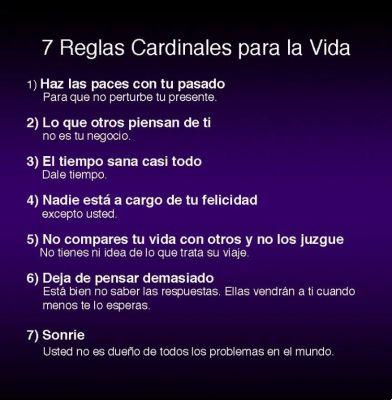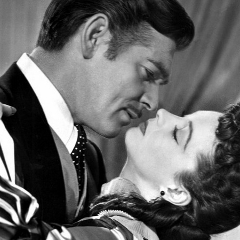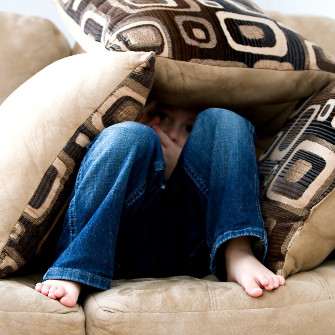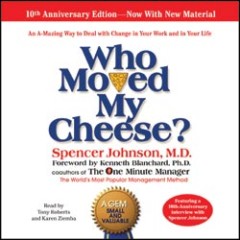Many beliefs that accompany us on the journey of life do not correspond to reality. These are ideas that we have built on our own or that others have instilled in us. We must get rid of it in order to be able to express our full potential.

Written and verified by the psychologist GetPersonalGrowth.
Last update: 15 November 2021
We can act in various ways to change limiting beliefs and gain strength. First of all, we must think that they undermine our self-esteem and fuel a lack of self-confidence. It will be necessary to reinterpret the negative vision of the world and of ourselves that we have internalized to identify the cognitive and emotional traps that hold back our growth, as well as the possibility of being happy.
It is clear that this exercise is not easy. Many limiting beliefs that boycott us on a daily basis have been with us for years. It is in childhood, in fact, that a good part (although not all) of the ideas and interpretations that erode our personal growth are established in our mind.
Phrases like "you're not good at this" or "better not try" put at risk not only our identity, but also our own potential. On the other hand, many of these wrong and harmful ideas that accompany us on the journey of life remain for a long time in our mind even if fully aware of their uselessness.
For example, there are very intelligent people who, however, feel like failures, because insecurity prevents them from achieving success. Most likely, therefore, they will never reach it.
Such a pattern of thinking depends on the strength with which limiting beliefs take root. They are like seeds deeply rooted in our psychological strata. These negative thoughts also go hand in hand with fears, so they give way to reason or logic. Even so, with commitment and adequate strategies we can change them.
How to change limiting beliefs?
Many of us overlook the importance of what was said or passed on in childhood and adolescence. Every experience, every sentence and every comment shapes a large part of our person in a shocking way.
An illustrative example on the subject is the one demonstrated by Dr. Elke Geerts, of the University of Maastricht, The Netherlands. During her study, a group of children were led to believe they were allergic to a food (e.g. eggs), so they reached adulthood thinking they were intolerant to that product.
This belief became so ingrained in them that during after eating the eggs, some children experienced adverse physical reactions, such as nausea or vomiting.
What they make us believe affects us. But not only that: what lived in childhood creates the substrate of limiting beliefs. The way we ourselves interpret certain experiences in adulthood can cement new and exhausting false ideas that seriously damage our self-esteem.
An example of this could be an emotional breakdown and tell us that "love is not for us". Let's see, however, how to change limiting beliefs and gain strength.
What limiting beliefs are we victims of?
During our life cycle we come into contact with various stimuli that could be the origin of other limiting beliefs. It could be the education received, the one our parents passed on to us.
It is possible that certain words or experiences at school put us to the test. It could also have been an emotional relationship or a particularly strenuous job that put us under great stress.
There is always a factor that works by triggering limiting beliefs; something we have come to internalize and take for granted; you have to identify it and analyze what it is made of to take it apart, to find out how unreal and harmful it is.
"We learn about our belief systems as children and then move through life-creating experiences to match our beliefs."
-Louis L. Hay-
Limiting beliefs aren't real - we learn to change them
To understand how to change limiting beliefs, we need to reflect on an idea: it is true that at some point someone made us believe something about us; it is true that we ourselves, after a certain experience, have shaped an image that now grips us like a chain that limits our steps and our ability to be happy.
But we must remember that beliefs are not real, we are the ones who strengthen them. Therefore, only we can change and annihilate them.
How to do it?
- Recognize limiting beliefs. Ask yourself where they come from and why you have given them so much importance. Have they been really useful to you so far?
- Reflect: how do you see yourself in the future if you continue to accept that idea as valid? How would you like to see / hear in the near future? Do you think limiting beliefs will help you get what you want?
- Clarify and establish new beliefs in tune with what you want to achieve. An example of this could be the following sentence: “I know that life is complicated sometimes, but I have the psychological resources to cope with difficulties. I deserve to feel good, I deserve to get what I want and I have to strive to achieve it. I'm worth it."
Conclusions
To change limiting beliefs, you have to ask yourself questions. You have to question a good part of your mental baggage, especially the one in which the "I can't" accumulate, "this is not for me, if I do it I will fail again, it is very complicated or it is too late for people like me".
Everyone deserves to value themselves and to deactivate those cognitive and emotional universes that limit one's potential.








